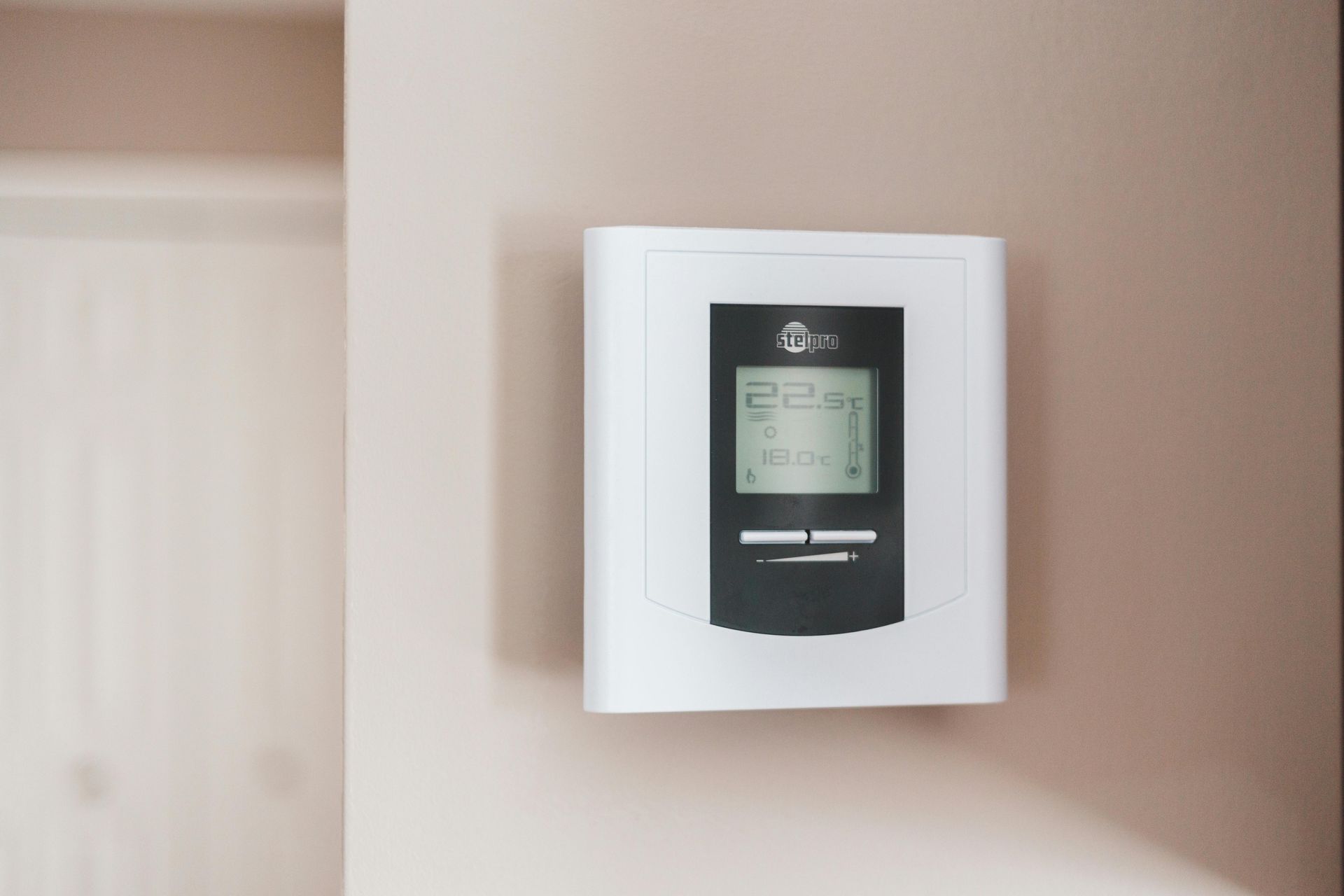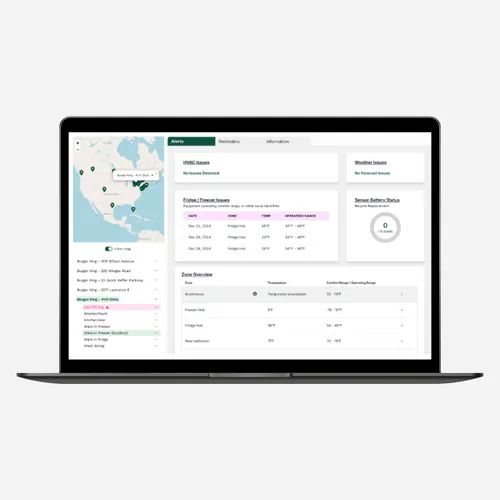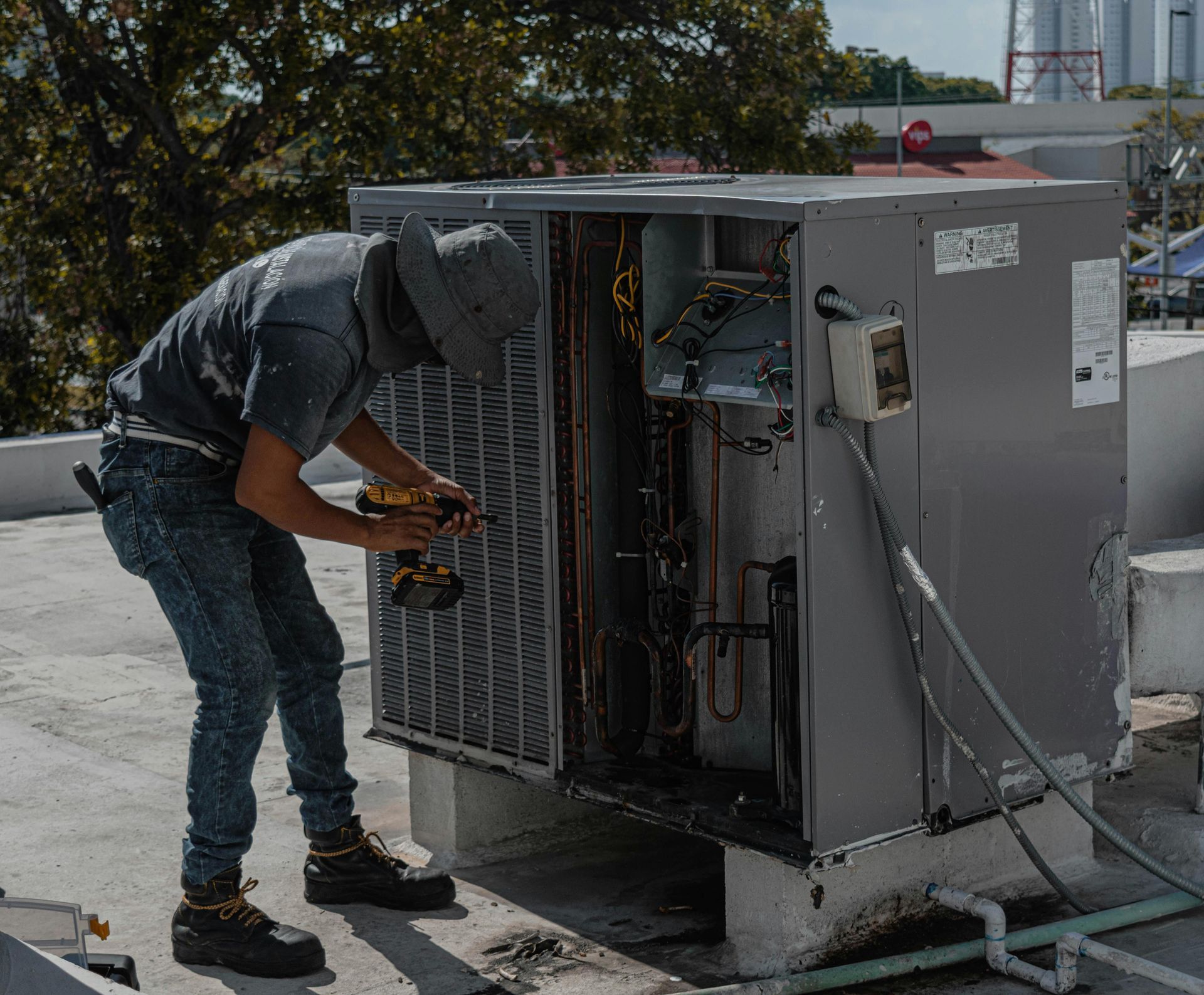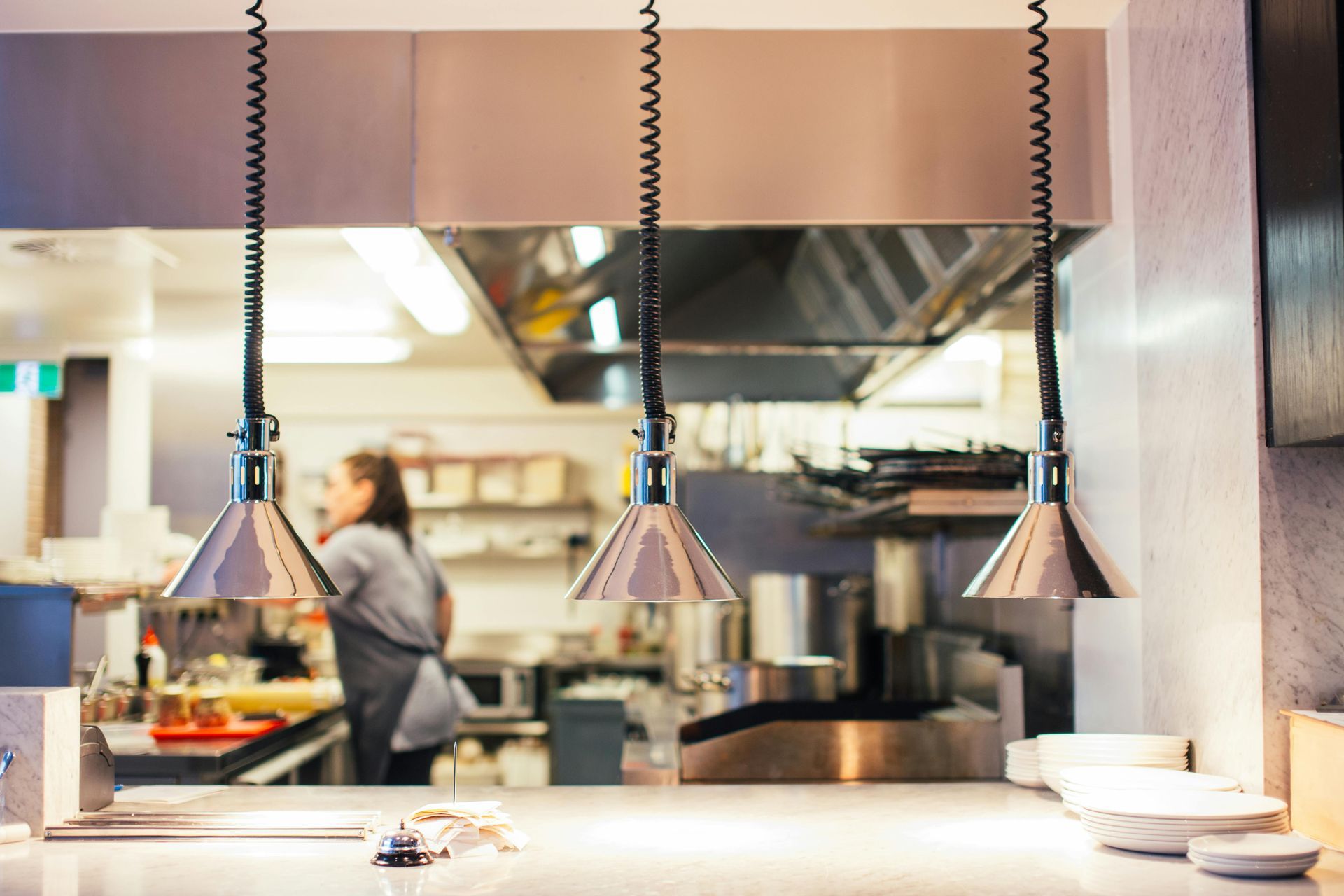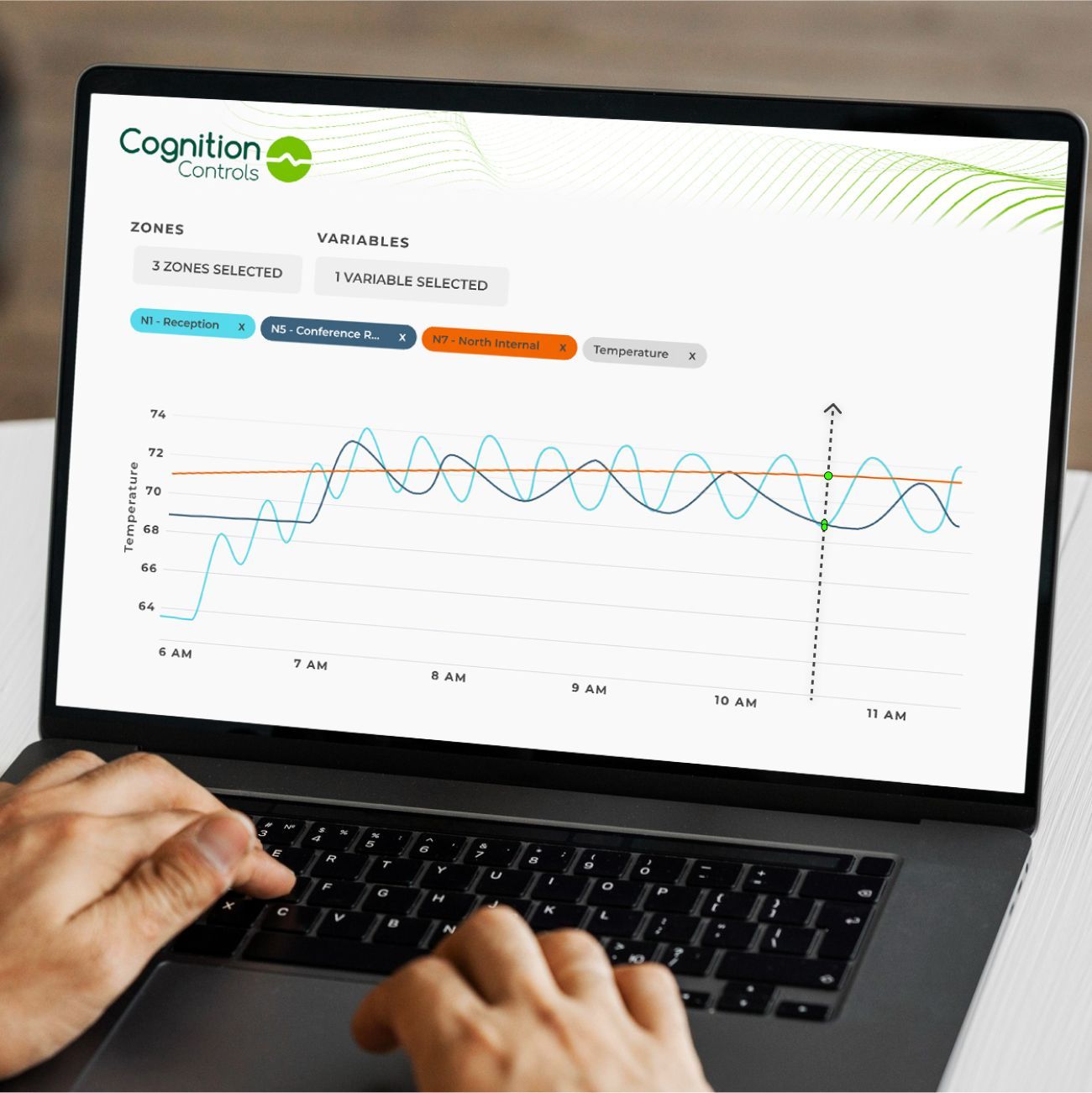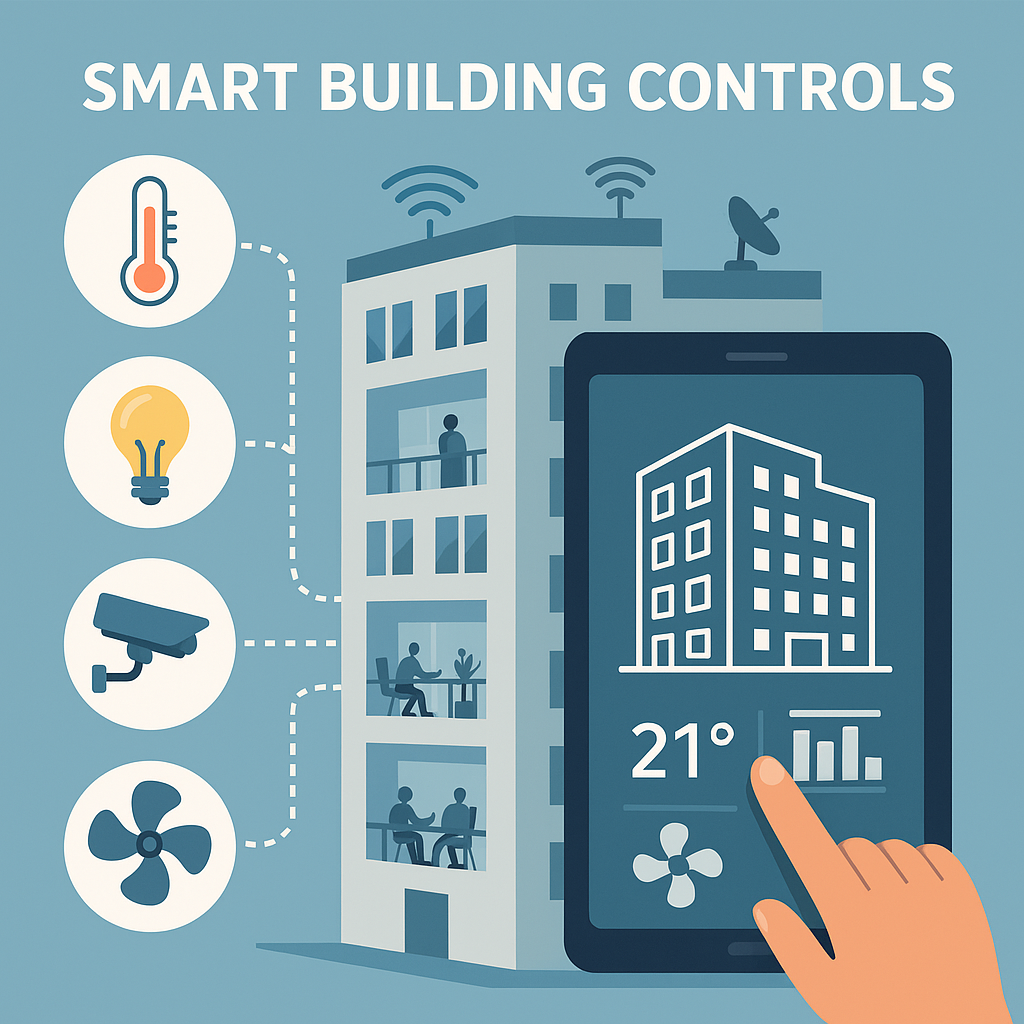Smart Commercial Thermostat for RTUs: The Game-Changer Your Rooftop Units Need
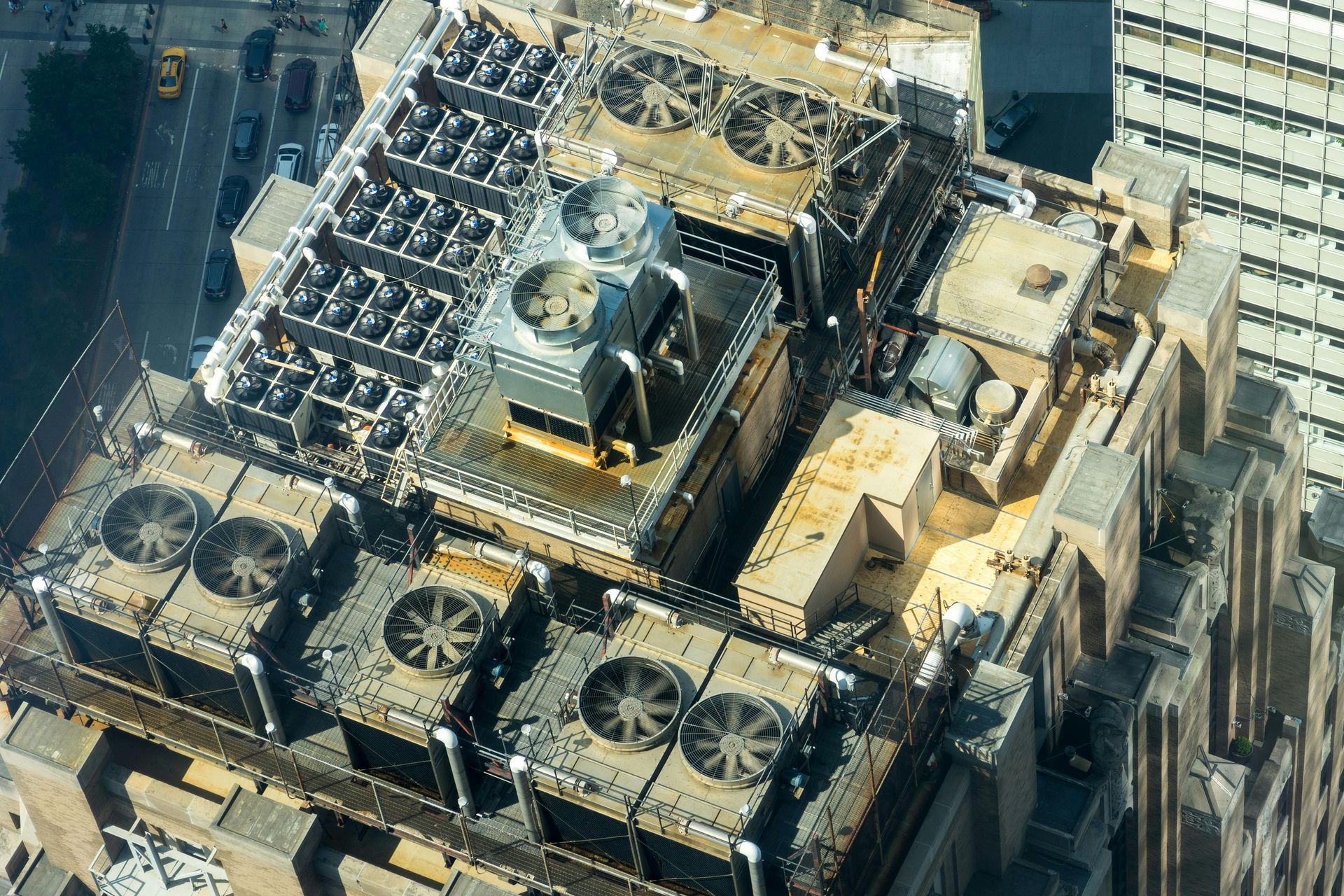
Your rooftop HVAC units work around the clock to keep your commercial building comfortable. But are outdated thermostats holding them back? If you're still relying on basic programmable thermostats for your RTUs, you're missing out on significant energy savings, operational insights, and the peace of mind that comes with intelligent climate control.
Smart commercial thermostats for RTUs represent a leap forward in building management technology. These intelligent devices transform your rooftop units from simple heating and cooling machines into data-driven systems that optimize performance, reduce energy waste, and prevent costly breakdowns.
Let's explore why upgrading to smart RTU thermostats isn't just a nice-to-have, it's essential to reduce equipment wear and tear and extend the life of your equipment investment.
Understanding RTUs and Their Critical Role
Rooftop units handle the heavy lifting of commercial climate control. These self-contained HVAC systems sit atop buildings, quietly managing heating, cooling, and ventilation for everything from retail stores to office buildings, restaurants to warehouses.
Did You Know? RTUs consume approximately 40% of a commercial building's total energy usage, making them the largest single energy expense for most businesses. This massive energy consumption means even small efficiency improvements can deliver substantial cost savings.
Traditional thermostats operate on basic programming with limited feedback capabilities. They follow preset schedules regardless of actual building conditions, occupancy levels, or equipment performance. This inflexible approach leads to energy waste, uncomfortable conditions, and unexpected equipment failures.
Pairing smart thermostats with RTUS changes this dynamic completely. They enable the use of machine learning algorithms, and real-time data to make intelligent decisions to balance comfort with energy consumption and provide visibility and control to reduce the operational overhead of managing RTUs.
Why Businesses Need Smart Thermostats for RTUs
Outdated Thermostats Create Hidden Problems
Most commercial buildings still use thermostats designed decades ago. These legacy systems lack the intelligence to adapt to changing conditions or provide meaningful feedback about equipment performance. They operate blindly, following rigid schedules that ignore actual building needs.
This outdated approach creates several costly problems:
- Energy waste from heating or cooling empty spaces
- Uncomfortable conditions that drive customers away
- Equipment stress from inefficient operation cycles
- No early warning signs of potential failures
- Manual adjustments that staff often forget or ignore
- No historical data to identify trends or inform investment decisions
- No data to compare performance between and across equipment or buildings
The True Cost of Inefficient RTU Control
Poor RTU control doesn't just waste energy—it impacts your entire business operation. Uncomfortable customers leave sooner and spend less money. Uncomfortable employees are less productive and call in sick more often. Equipment that runs inefficiently breaks down more frequently, leading to expensive emergency repairs.
Did You Know? Studies show that customers spend 2.3 times longer in buildings with optimal temperature control compared to buildings with uncomfortable conditions. This translates directly to increased revenue for retail businesses and improved productivity for office environments.
Compliance and Sustainability Pressures
Modern businesses face increasing pressure to meet sustainability goals and energy efficiency standards. Many jurisdictions now require commercial buildings to report energy usage and meet specific efficiency benchmarks. Smart thermostats provide the data and control capabilities needed to meet these requirements while reducing environmental impact.
Key Benefits of RTU Thermostats for RTUs
Dramatic Energy Savings
Smart thermostats can reduce HVAC energy consumption by 15-30% through intelligent scheduling, occupancy-based control, and equipment optimization. These systems better integrate occupancy patterns and can adjust equipment operations automatically, ensuring RTUs run when needed and at optimal levels. They also enable guardrails on how occupants can adjust settings, helping to limit the impact of poor decisions. The result is lower utility bills without sacrificing building performance.
Predictive Maintenance Capabilities
Traditional thermostats provide no insight into equipment health. Smart systems monitor performance metrics continuously, identifying potential problems before they cause failures. This predictive approach allows scheduled maintenance instead of emergency repairs, reducing costs and minimizing downtime.
Equipment diagnostics reveal issues like dirty filters, refrigerant leaks, or failing components before the issue impacts onsite comfort. This early warning system prevents minor problems from becoming major expenses.
Enhanced Comfort and Consistency
Smart thermostats for RTUs deliver superior comfort through precise temperature control and adaptive scheduling. They respond to occupancy patterns, weather conditions, and building thermal characteristics to maintain optimal conditions efficiently.
Zone-based control ensures different building areas receive appropriate conditioning based on their specific needs. Conference rooms get extra cooling during meetings, while storage areas operate at energy-saving temperatures when unoccupied.
Remote Monitoring and Control
Modern businesses need the ability to manage facilities remotely. Smart thermostats for RTUs provide real-time monitoring and control capabilities through web-based dashboards and mobile applications. Facility managers can adjust settings, troubleshoot problems, and monitor performance from anywhere.
This remote capability proves especially valuable for multi-site businesses, emergency situations, and after-hours management. No more weekend trips to adjust thermostats or emergency service calls for simple setting changes.
Data-Driven Decision Making
Smart thermostats generate valuable operational data that traditional systems can't provide. Energy usage patterns, equipment runtime, temperature trends, and maintenance schedules all become visible through comprehensive reporting features.
This data enables informed decisions about equipment upgrades, operational improvements, and energy conservation initiatives. Building owners can quantify the impact of efficiency measures and justify investment in additional improvements.
Implementation Considerations
Compatibility Assessment
Before upgrading to smart thermostats for RTUs, assess current equipment compatibility. Most modern RTUs support smart thermostat integration, but older systems may require interface modules or minor modifications.
Professional evaluation ensures proper sizing, wiring compatibility, and feature selection for your specific RTU configuration. This upfront assessment prevents installation problems and ensures optimal performance.
Staff Training and Change Management
Smart thermostats offer powerful capabilities, but they require proper training for maximum benefit. Invest in solutions that make staff more effective, without a heavy training burden.
Change management becomes crucial when transitioning from simple programmable thermostats to intelligent systems. Proper training reduces resistance and ensures staff embrace the new technology's capabilities.
Integration with Building Systems
Consider how smart thermostats will integrate with existing building management systems, energy monitoring platforms, and maintenance programs. Seamless integration maximizes the value of your investment and simplifies operations.
How Cognition Controls Transforms RTU Management
Smart Commercial Thermostats Designed for Success
Cognition Controls' Smart Commercial Thermostats bring intelligence and reliability to RTU operations. These devices feature advanced control algorithms that optimize equipment performance while maintaining comfort control.
The thermostats learn from building patterns and adjust operations for maximum efficiency. This intelligence ensures RTUs operate at peak performance without constant manual intervention.
The Cognition Dashboard: Central Command for RTU Operations
The Cognition Dashboard provides comprehensive oversight of all RTU operations through an intuitive web-based interface. Real-time monitoring reveals equipment status, energy consumption, and performance trends across all building systems.
Historical data analysis helps identify optimization opportunities and track improvement initiatives. The dashboard's reporting capabilities support energy management programs and maintenance planning with detailed insights into RTU performance.
Secure Cellular Connectivity for Reliable Operations
Cognition Controls uses Secure Cellular Connectivity to eliminate the reliability and security issues associated with traditional Wi-Fi connections. Each thermostat connects directly to secure cellular networks, ensuring consistent communication regardless of local network conditions.
This approach eliminates password management, reduces security vulnerabilities, and provides reliable connectivity in challenging RF environments. Your RTU thermostats maintain communication even when local networks experience problems.
Smarter Building Control Through Intelligent Automation
Cognition Controls enables smarter building control through its built-in control logic, and Dashboard tools and visualizations for users. The system learns from operational data and user inputs to identify degrading equipment performance.
Machine learning algorithms analyze performance patterns and identify equipment limitations and opportunities for maintenance. This intelligence shifts building operations from reactive to proactive, reducing energy costs and extending equipment life.
The ROI of Smart RTU Thermostats
Quantifiable Energy Savings
Smart RTU thermostats typically pay for themselves within 12-24 months through energy and emergency service cost savings.
Operational Efficiency Gains
Beyond energy savings, smart thermostats reduce operational overhead through automated functions and remote management capabilities. Facility staff spend less time travelling to sites and diagnosing issues, freeing up time for more productive activities.
Enhanced Asset Value
Buildings with intelligent HVAC systems command higher lease rates and resale values. Smart building features attract tenants who value efficiency and modern amenities, creating additional financial benefits.
Future-Proofing Your RTU Investment
Scalability for Growth
Smart thermostats for RTUs grow with your business needs. Additional features expanded monitoring capabilities, and integration with new technologies ensure your investment remains valuable as requirements evolve.
Technology Evolution
Leading smart thermostat manufacturers continuously update their systems with new features and capabilities. Cloud-based platforms enable automatic updates that add value without requiring hardware replacement.
Did You Know? Buildings equipped with smart HVAC systems show 60% better performance retention over 10-year periods compared to buildings with traditional controls, largely due to continuous optimization and predictive maintenance capabilities.
Making the Smart Choice
Upgrading to smart thermostats for RTUs represents one of the most cost-effective building improvements available today. The combination of energy savings, operational benefits, and enhanced comfort creates value that extends far beyond simple thermostat replacement.
Don't let outdated controls hold your RTUs back. Smart thermostats unlock the full potential of your rooftop equipment, delivering efficiency, reliability, and intelligence that traditional systems simply can't match.
The technology is proven, the benefits are quantifiable, and the time to act is now. Your RTUs are ready for the upgrade—are you?
Frequently Asked Questions
What's the best way to determine if my RTUs are compatible with smart thermostats?
The best approach is to have a qualified technician assess your current RTU configuration and control wiring. Most RTUs manufactured in the last 20 years support smart thermostat integration. Professional evaluation ensures proper compatibility and optimal performance from your smart thermostat investment.
How long does it typically take to see ROI from smart RTU thermostat upgrades?
Most businesses see measurable energy savings within the first month of installation, with full ROI typically achieved within 12-24 months. The exact timeline depends on factors like current energy costs, building occupancy patterns, and existing equipment efficiency. Buildings with older, less efficient RTUs often see faster payback periods due to greater improvement potential.


